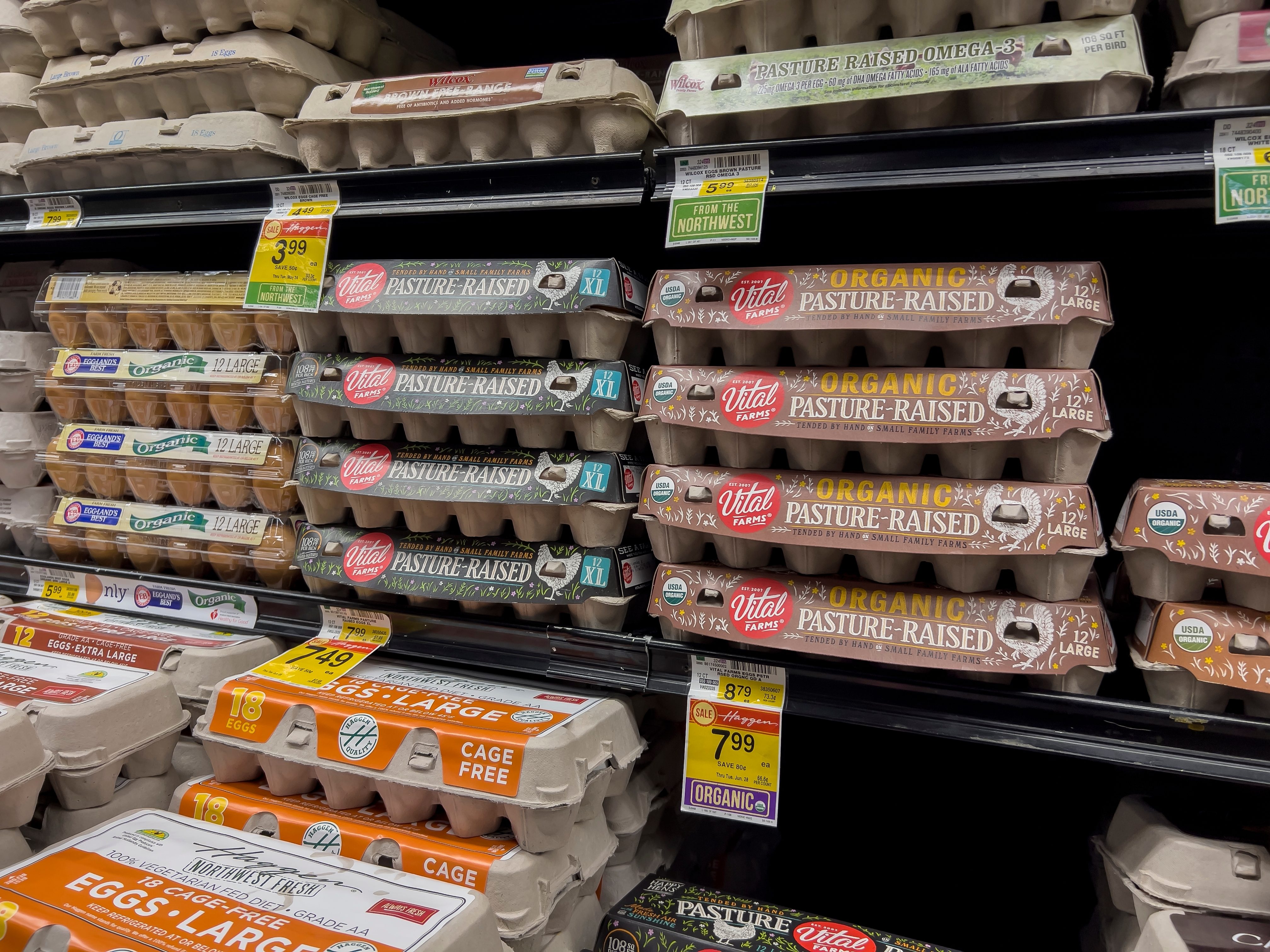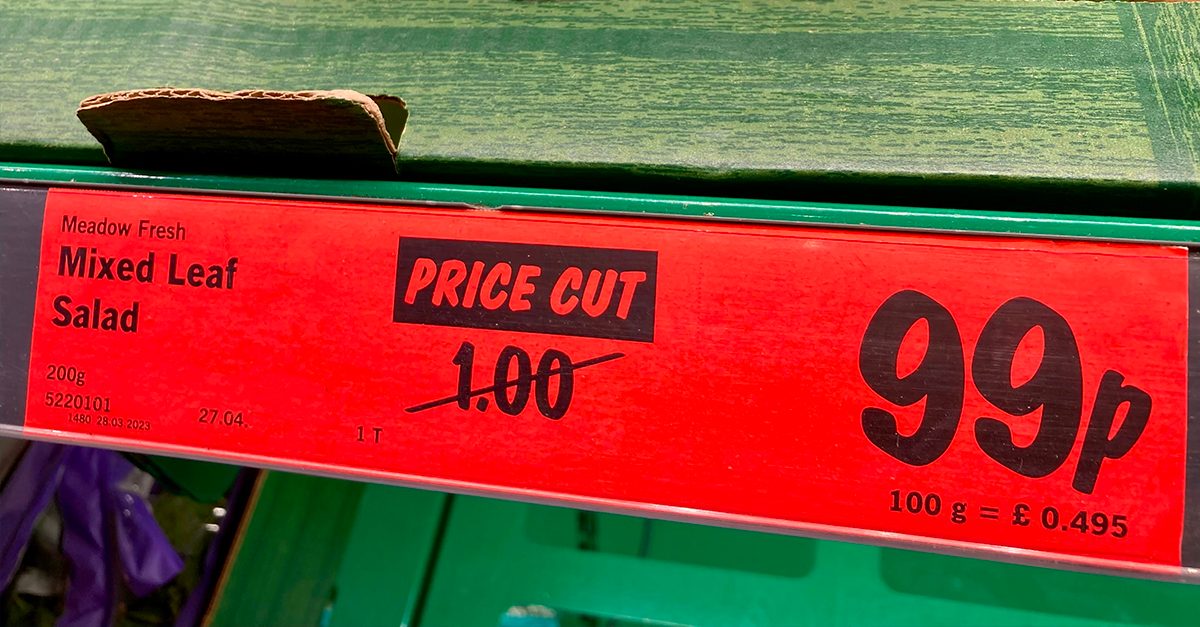Egg Prices Seem to Be Decreasing – But Be Careful!
Egg prices are finally starting to drop after a long period of sky-high costs, bringing some relief to shoppers. However, while the price decrease is welcomed, experts warn that this trend may not last. Factors like weather and rising feed costs could push prices up again, making this dip more of a temporary fix than a lasting solution.
;Resize,width=742;)
After a long stretch of sky-high egg prices, there’s some good news for consumers: the price of eggs is finally on the decline. For months, eggs have been one of the priciest grocery items, frustrating shoppers and making breakfast more of a luxury. But as of early 2025, we’re seeing a drop in costs, providing a bit of relief. However, like many things in the food world, the situation isn’t as simple as it seems. While it’s true that prices are falling, there’s a catch that might leave you questioning if this trend will stick.
Price Decrease Across the Nation
The trend is clear: egg prices are heading in the right direction. According to reports from the USDA, egg prices are now down 14% from the peaks of late 2024. For the average consumer, that means fewer dollars spent on a carton of eggs. The drop in price is particularly noticeable at large grocery chains, which were previously charging near-record levels. In fact, the wholesale cost for eggs is down from an average of over $6 per dozen in early 2025 to around $3.90. This price adjustment is a welcome shift for those who had to make tough choices about buying eggs during the past year.

Why the Drop? A Mix of Factors at Play
So, what’s behind this sudden dip in prices? Experts point to a variety of factors, including improvements in the supply chain and a stabilization in the number of hens producing eggs. After the disruptions caused by the avian flu outbreak in 2023, egg production has slowly started to recover. More hens are laying, and farms are able to restock their inventories, leading to more consistent supply. Additionally, as we move further into 2025, consumer demand has slightly decreased after the initial egg-price panic of last year. Less demand and more supply naturally lead to lower prices, but there’s more to it than just basic economics.
But Here’s the Catch: Can This Trend Hold?
While it’s great news that egg prices are falling, there’s a catch that could affect how long these price drops last. As it turns out, this decrease is partly due to seasonal fluctuations and short-term recovery efforts. The supply of eggs has rebounded after a rough couple of years, but experts warn that factors such as unpredictable weather conditions or rising feed costs for poultry could once again push prices higher in the near future. In other words, this price dip might be temporary, and the eggs in your grocery cart may get expensive again as conditions shift.

A Year of Recovery, but Uncertainty Looms
It’s also worth noting that despite these positive price adjustments, the egg market is still recovering from the aftershocks of previous economic disruptions. For example, the broader inflationary environment still affects everything from production costs to packaging. Though eggs are more affordable now than they were just a few months ago, they remain pricier than in years past. While we can enjoy this temporary reprieve, egg prices are still much higher than they were pre-pandemic. There’s an underlying sense of caution from both industry experts and consumers, with many wondering if this trend can truly sustain itself.
;Resize,width=767;)


;Resize,width=712;)
